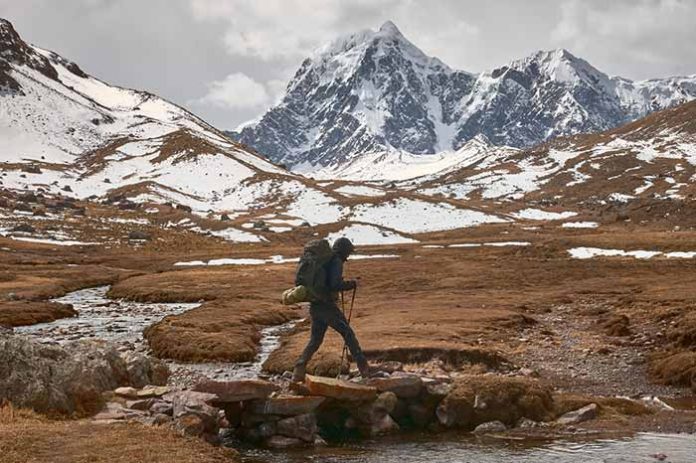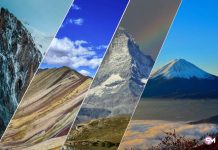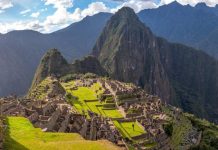South America offers diverse landscapes like Ecuador’s volcano-lined vistas, the Amazon Rainforest teeming with biodiversity, and Patagonia’s glaciers. Hiking unveils this beauty; explore Andean passes or Colombian rainforests. Our list of best hikes in South America caters to varied preferences, emphasizing awe-inspiring scenery and off-the-beaten-path adventures.
While popular hikes like the W Trek are included, we offer extensions and alternatives for a quieter experience. Whether it’s condors soaring overhead or ancient Incan cities hidden deep in the forest, South America’s trails promise endless exploration. So, without delay, embark on a journey to discover the continent’s ecological treasures.
Top 7 Hikes in South America To Fulfil Your Desire to Travel
1. Inca Trail in Peru
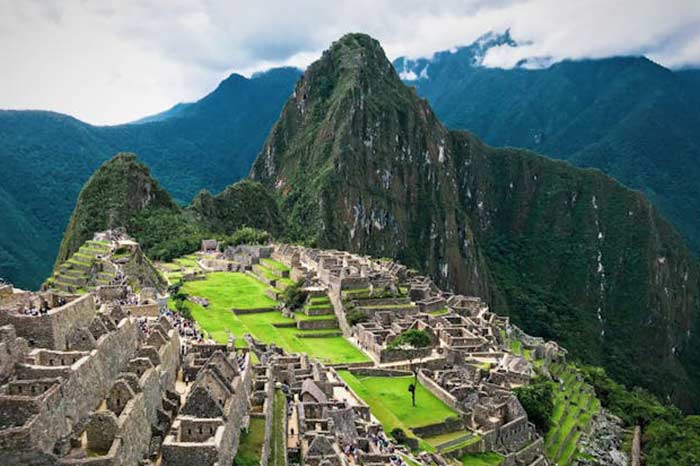
This renowned South America trail offers a spectacular journey through Andean peaks, cloud forests, and ancient ruins. It culminates at the legendary Machu Picchu. Steeped in history, it follows the Incas’ path to this archaeological marvel, providing a truly historical experience. Expect moderate to challenging terrain, including steep inclines and high altitudes, with the highest point at Dead Woman’s Pass.
Weather can vary, impacting the hike’s duration. Typically lasting four days and spanning 26 miles, customization and weather may alter the length. Alternatively, the Short Inca Trail to Machu Picchu offers a two-day option for less strenuous hiking. A guide, and often a porter, is mandatory, with permits required due to limited availability, ensuring the preservation of the trail and Machu Picchu against tourism impact.
- Duration: 4 days
- Difficulty: Challenging
- Highest point reached: 4200 meters
2. Torres del Paine in Chile
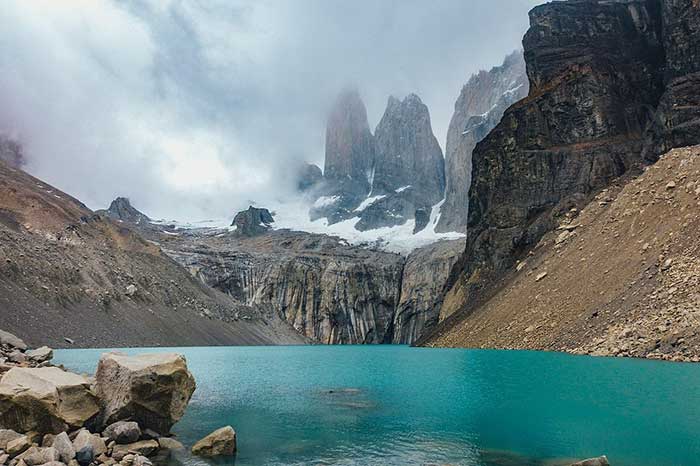
The W Trek in Torres del Paine National Park, Chilean Patagonia, is renowned for its W-shaped route through Ascencio, Frances, and Grey Valleys. An alternative, the Bader Valley extension, offers a wilder, off-the-beaten-track experience. After passing Glacier Grey and Lake Pehoe, you’ll venture into Bader Valley between Almirante Nieto and the iconic Cuernos.
Camp atop the valley before descending along Lake Nordenskjold. With permitted guides, you’ll face the challenge of wild camping amidst the towering granite faces of Los Cuernos and Monte Almirante Nieto. Brace for the elements, as you reconnect with the W Trek to ascend to the Base of the Towers Viewpoint via Ascencio Valley.
- Duration: 4 days
- Only time to go: November to March (February is the fullest month)
- Difficulty: Challenging
- Highest point reached: 870 meters
- Starting point: Punta Arenas
3. The Huayhuash Circuit, Peru
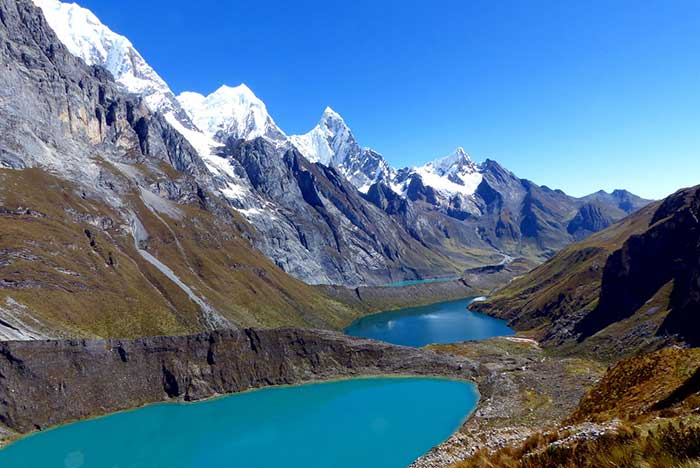
This 130-kilometer circuit in the Cordillera Huayhuash is a breathtaking trek through a compact mountain range, featuring high passes ranging from 4600m to 5000m, remote villages, lakes, and hot springs. Starting from Llamac village, you’ll ascend Pampa Llamac Pass, camp near Mitucocha Lake, and explore rugged terrain, including Siula Pass and Gran Vista.
Steep climbs and descents lead to welcome hot springs at Laguna Viconga. Rated Challenging due to length and altitude, this unmarked trek requires a local guide or a mule and driver for navigation and assistance. You’ll need to carry all camping gear and food, with only basic supplies available at Huayllapa hamlet midway through the journey.
- Duration: 10-12 days
- Best time to go: April – September
- Difficulty: Challenging
- Highest point reached: 5,000 meters
- Starting point: Huaraz
4. Huayna Potosi Ascent, Bolivia
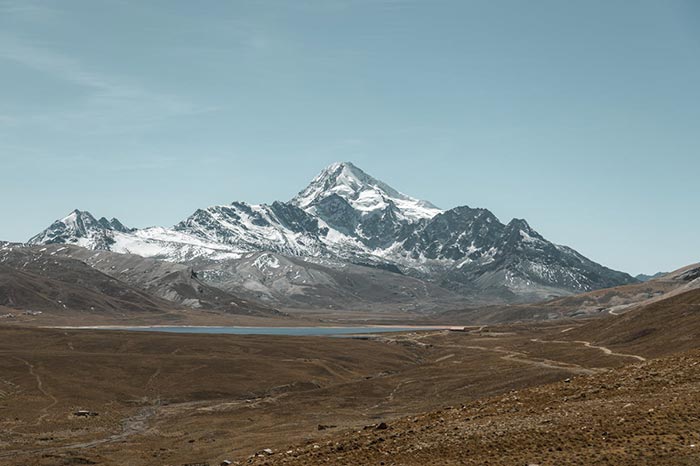
Huayna Potosi mountain (6088m) is known as one of Bolivia’s easier 6000ers, but it’s no walk in the park. While lacking technical climbing demands, it requires good physical fitness and trekking experience. Beware of quick tour offers; proper acclimatization is crucial due to the high altitude.
The trek commences at Huayna Potosi Basecamp (4750m), proceeding to Glacier Viejo (4850m) for basic ice climbing training. Day two advances to Refugio Rocas (5200m), where altitude begins to challenge. Summit day starts pre-dawn, navigating steep ice sections at 5700m and 5900m while roped. Summiting takes around five hours, with a four-hour descent.
- Best time to go: April – November
- Duration: 2-3 days
- Distance: 6.1 miles
- Difficulty level: Very difficult
- Highest point reached: 6,088 meters
- Starting point: La Paz
5. La Ciudad Perdida (Lost City Trek), Colombia
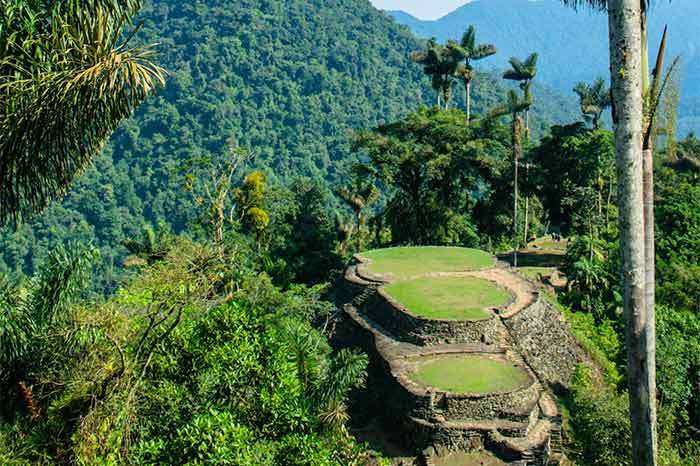
La Ciudad Perdida, discovered by the Western world in the 1970s but known to locals for centuries, sees far fewer tourists than Machu Picchu, despite its wonder. Built by the Tayrona Indigenous people between the 8th-14th centuries, only circular stone terraces remain, enhancing the site’s allure amidst sparse crowds. The trek traverses rainforest, streams, and rivers, culminating in breathtaking views of jungle-clad mountains.
Encounter opportunities abound, including interactions with the indigenous Kogi tribe. A guide is mandatory for the hike, costing around 380USD, regardless of the booking agency. Mosquito repellent is essential due to persistent insects. When planning your cross-country road trip, book in advance online or upon arrival in Santa Marta for this unforgettable adventure.
- Duration: 4-5 days
- Distance: 31 miles
- Best time to go: June – September
- Difficulty level: Moderate
- Highest point reached: 1,200 meters
- Starting point: Santa Marta
6. Cotopaxi Volcano, Ecuador
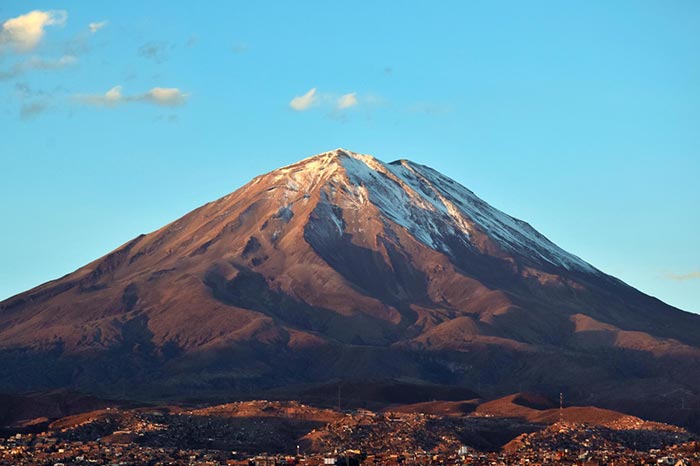
Cotopaxi, nestled in Ecuador’s renowned ‘Valley of the Volcanoes’, draws hikers from Quito seeking to conquer its glacier-topped peak, a coveted bucket list achievement. While many opt for day trips, fewer summit the iconic peak, visible from Quito on clear days. Accessible from Quito or Latacunga, the trek begins with camping at 4,500 meters, followed by a pre-dawn ascent, reaching the snowline in about 30 minutes and the peak in five hours, weather permitting.
Due to extreme altitude, only experienced, acclimated hikers attempt the summit, with weather crucial for success. Cotopaxi, an active volcano, last erupted in 2015-2016, occasionally prompting the closure of Cotopaxi National Park.
Guided summit tours start from 280USD, rising to nearly 600USD, with certified guides recommended. Day trips and 2-day tours to the glacier, including Quilotoa crater lake, are also popular. Essential gear includes layered clothing for hiking for rapid temperature changes, a fleece, and a waterproof jacket.
Also Read: Best Winter Jackets For Women
- Duration: 2 days
- Distance: 6.2 miles
- Best time to go: December – January
- Difficulty level: Difficult
- Highest point reached: 5,897 meters
- Starting point: Latacunga
7. The Chapada Diamantina Trek, Brazil
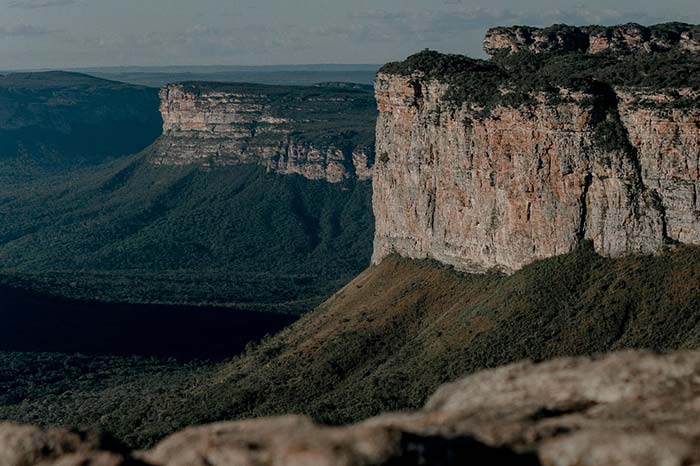
In the Chapada Diamantina, once a diamond mining region now restored, lies a scenic trek amidst forested valleys, cascading waterfalls, and towering tepuis. Accommodations in local homestays offer an immersive experience in rural highland life. Within Chapada Diamantina National Park, various hikes, ranging from hours to seven days, await exploration.
For a multi-day adventure, we suggest trekking the 70-kilometer route from Lençóis to Andarai via Vale do Pati. Along the way, you’ll encounter the Funis waterfall, Gruta de Castelo quartz cave, and Cachoeirão canyon’s majestic waterfalls. Despite moderate difficulty with steep climbs, ample time allows for leisurely appreciation of the breathtaking scenery. Due to remote terrain and unmarked trails, a local guide is highly recommended for safe navigation.
- Duration: 5 days
- Distance: 39 miles
- Best time to go: March to October
- Difficulty level: Moderate
- Highest point reached: 1,420 meters
- Starting point: Vale do Capão (Bahia)


